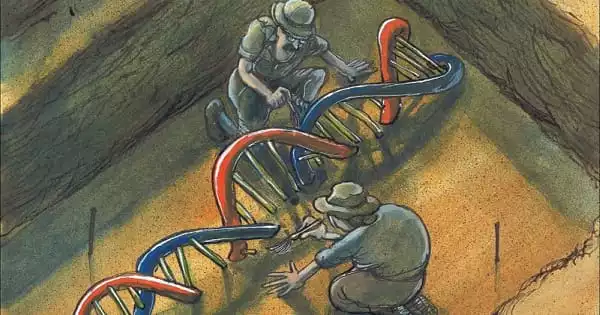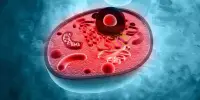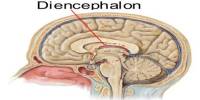Bile or gall is a green-yellow fluid. It is a fluid that is made and released by the liver and stored in the gallbladder. It is a complex fluid containing water, electrolytes and a battery of organic molecules including bile acids, cholesterol, phospholipids and bilirubin that flows through the biliary tract into the small intestine. It is secreted from the liver of most vertebrate animals and is often stored in the gall bladder. Bile helps digest fat. It helps with digestion. It breaks down fats into fatty acids, which can be taken into the body by the digestive tract. Adult humans produce 400 to 800 ml of bile daily, and other animals proportionately similar amounts. The principal components of bile are cholesterol, bile salts, and the pigment bilirubin.
The components of bile are –
- Water
- Cholesterol
- Bile pigments
- Bile salts.

The name gall comes from the Greek word cholè meaning green or yellow. The term cholesterol and the illness cholera were named after gall.
It also contains – Water, Body salts (such as potassium and sodium), Copper and other metals.
Bile is also stored in bile ducts. It is composed of bile acids and salts, phospholipids, cholesterol, pigments, water, and electrolyte chemicals that keep the total solution slightly alkaline (with a pH of about 7 to 8). Often after liver transplants, bile comes out of the body.
















